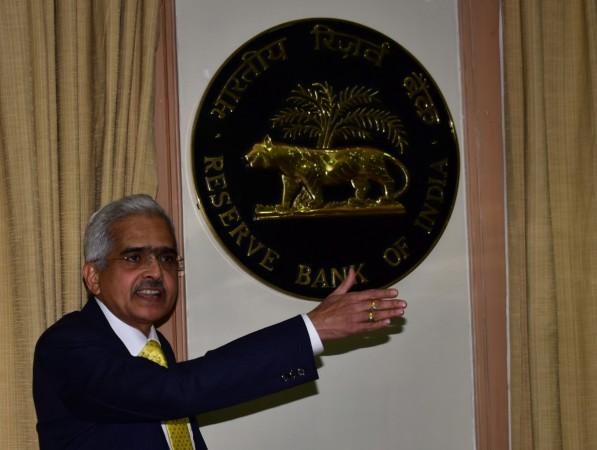
The central bank's decision not to conduct an asset quality review of non-banking financial companies (NBFC) is driven by market concerns though there are widespread worries about a possible meltdown because of the current liquidity situation and non-performing assets (NPA). The situation of the NBFCs came into public focus after IL&FC, a leading NBFC, defaulted on some of its repayment commitments triggering panic among investors.
Worries persist despite Reserve Bank of India (RBI) governor Shaktikanta Das recently shrugging off liquidity concerns pertaining to NBFCs and ruling out an asset quality review. Das contended that such a review could ring alarm bells and might not be well-received by the market.
Speaking to a group of foreign portfolio investors (FPIs) in Hong Kong earlier in the week, Das affirmed that the RBI was prepared to step in to meet the liquidity needs of NBFCs, according to a media report. The top banking regulator said the quantum of NPAs had dipped significantly in one year and that the worst seemed to be over for the banking sector, the Business Standard website said citing an unidentified source.
FPIs attending the meeting included asset managers such as Templeton, Fidelity, and Blackrock, as well as some hedge funds and distressed asset investors. The IL&FS default led to panic among mutual funds and banks, resulting in a decline in the availability of debt capital and rise of cost of debt capital for NBFCs and housing finance companies (HFCs) and generally creating a liquidity crisis in an election year.
The Bharatiya Janata Party-led National Democratic Alliance (NDA) government of Prime Minister Narendra Modi is already under pressure over employment data and a farm crisis that saw three states slip out of the party's hands in December 2018 elections. The liquidity crisis has hit the micro, small and medium enterprises (MSME) which are considered the mainstay of employment generation and semiurban and rural liquidity. The government has already announced steps to improve the liquidity of MSMEs and farmers through direct benefit transfers. But a crisis of NBFCs that immensely contribute to the rural and semi-urban economy could affect the government's attempts for returning to power in the general election 2019.
"The marginal funding cost for NBFCs/HFCs from various sources have gone up 25-100 basis points. The increase in the cost of borrowing is clearly visible in the 50 bps increase in credit spread for NBFC bonds over government securities since August 2018," a recent research note by Ambit says.
After years of low profitability because of weak asset quality and growth slowdown, analysts expect the Indian banking sector to turn around in FY20. Brokers JM Financial believes the stress from corporate bad debt is subsiding and will reflect in lower slippages.








